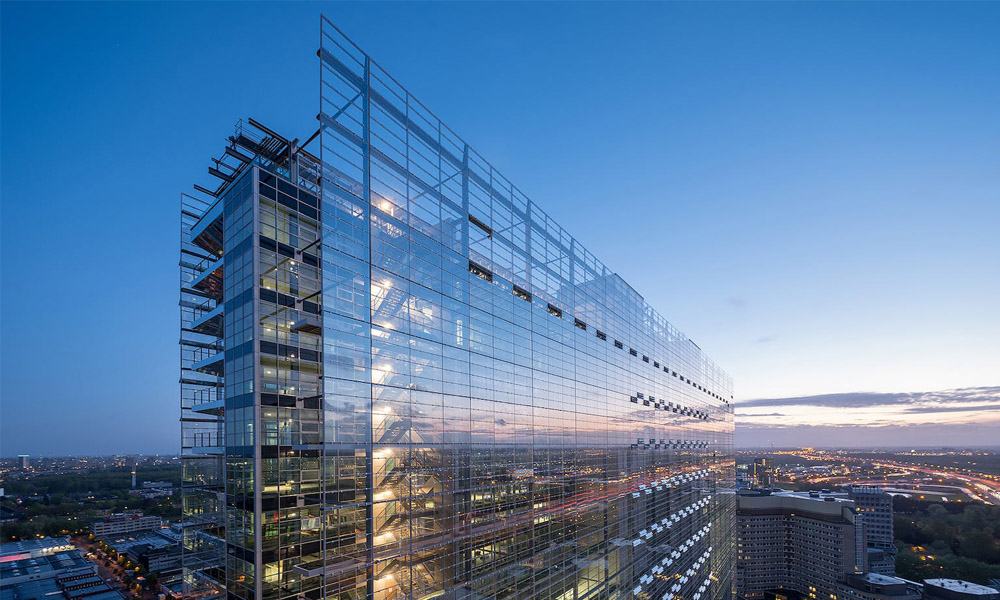

The Allure of Mirror Float Glass A Reflection of Modern Aesthetics
In the realm of modern architecture and interior design, few materials are as captivating and versatile as mirror float glass. This innovative glass type has not only transformed how we perceive spaces but has also become a symbol of contemporary elegance. By exploring its properties, applications, and aesthetic advantages, we can appreciate why mirror float glass holds a significant place in today’s design landscape.
Understanding Mirror Float Glass
Mirror float glass is created through a specific manufacturing process known as the float glass process, which involves floating molten glass on top of molten tin, resulting in a smooth, even surface. To create the mirrored effect, a thin layer of reflective material, usually aluminum, is applied to one side of the glass. This process results in a product that combines clarity and reflectivity, leading to stunning visual effects.
The transparency of the float glass allows natural light to filter through, while the mirrored surface can reflect both light and images, creating the illusion of a larger space. The reflective quality imbues areas with a sense of depth and sophistication, making it a popular choice for both commercial and residential applications.
Aesthetic Applications
The aesthetic potential of mirror float glass is immense. In interiors, it can be employed in various forms, from bold wall paneling to intricate decorative elements. Designers often use mirror float glass to enhance the brightness and spaciousness of a room. For instance, placing large mirrors on walls can visually double the space, making small areas feel expansive and airy.
In bathrooms, mirror float glass is often used for vanity mirrors. This not only serves a functional purpose but also adds a chic touch to the decor. The reflective nature of the glass can beautifully illuminate the space, reflecting light fixtures and creating an enchanting ambiance.
Commercial spaces, such as retail stores and restaurants, also heavily utilize mirror float glass to create an inviting atmosphere. Storefronts adorned with mirrored glass can attract customers by allowing them to glimpse both the interior and the exterior simultaneously. In restaurants, strategically placed mirrors can enhance the dining experience, making it feel more spacious while also reflecting art and decor.

Innovative Design Features
Beyond aesthetics, mirror float glass also offers unique design features that cater to the needs of modern living. It can be treated with various coatings to enhance durability and scratch resistance, ensuring that its reflective surface remains pristine over time. These coatings also help in energy efficiency, reducing heat transfer and contributing to greener building practices.
Moreover, the versatility of mirror float glass allows it to be cut into different shapes and sizes, making it suitable for a wide range of design concepts. From contemporary minimalism to opulent vintage styles, mirrored glass can adapt to various themes, providing designers with endless creative possibilities.
The Emotional Impact
Mirrors have a profound psychological effect; they can evoke feelings of beauty, luxury, and tranquility. The use of mirror float glass can contribute to creating a serene environment. For example, in meditation or wellness spaces, mirrors can be used to foster a sense of calm by reflecting serene imagery and promoting introspection.
Challenges and Considerations
Despite its advantages, there are challenges associated with mirror float glass. The reflective surfaces can sometimes create unwanted glare or distortions, which designers must consider when incorporating this material into their projects. Additionally, the maintenance of mirror surfaces might require special cleaning techniques to keep them free from streaks and dust.
Conclusion
In conclusion, mirror float glass exemplifies the marriage of functionality and aesthetics in modern design. Its ability to reflect light, create the illusion of space, and enhance the overall atmosphere of a setting makes it a cherished material among architects and designers alike. As we continue to explore innovative ways to incorporate sustainable and enticing design elements into our environments, mirror float glass will undoubtedly remain a staple for years to come, reflecting not only our spaces but also our contemporary ideals.